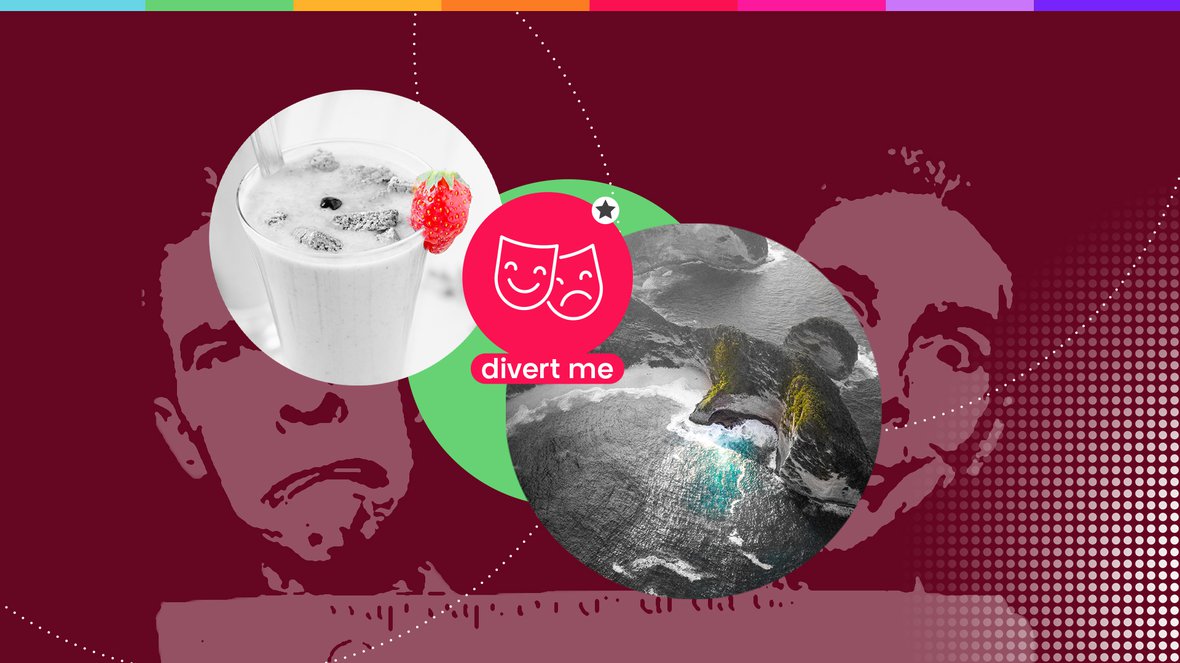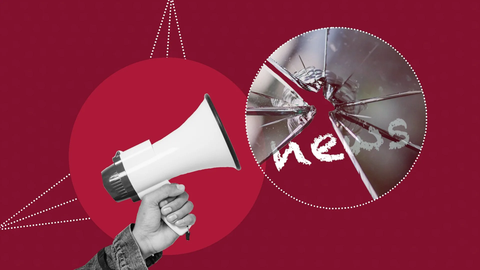We created a new User Need Model in March 2023. Check our page and download the whitepaper if you're interested! We did a webinar about the User Needs Model 2.0. Watch the recording!
In this part, we talk about the user need called 'Divert me', share useful formats and writing tips, and - critically - when to use this approach. Ready? Let's have a look!
The user need 'Divert me'
Reading or watching the news can be pretty taxing, especially when there's a lot of bad news such as wars or environmental disasters to report - and when isn’t there? People simply can't consume 'hard news' all the time. That's where the user need 'Divert me' comes in. Think of it like a pressure valve: it introduces something lighter and helps alleviate news fatigue. Something that'll bring a smile to your face, surprises or amazes you.
Originally, the ‘Divert me’ user need was called 'Amuse me'. But it's much more diverse than flat entertainment. It can be a lighter take on a harder topic, something funny that happened during a very serious event. But some news is fun, or exciting, or curious in and of itself. Readers will appreciate you sharing anything that breaks the flow of heavy, hard news.
Check these user needs as well:
Inspire me
Connect me
Help me
Keep me engaged
Update me
Educate me
Give me perspective


